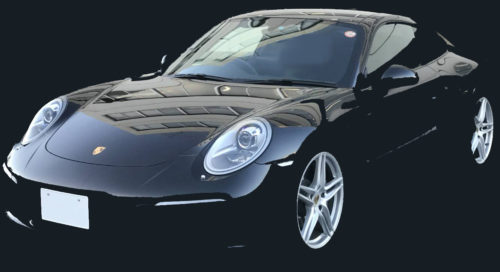Formula E is a "development lab"
The announcement of the fully electric Cayenne EV is fast approaching, and the announcement of this model does not just mean the addition of a new EV model to Porsche's lineup, but also seems to have important significance as it will bring some of the motorsport technology to mass-produced vehicles.
According to Michael Steiner, Porsche's director of research and development, some of the technology in the new Cayenne EV comes from the Porsche 99X Electric, setting new standards in both efficiency and performance.
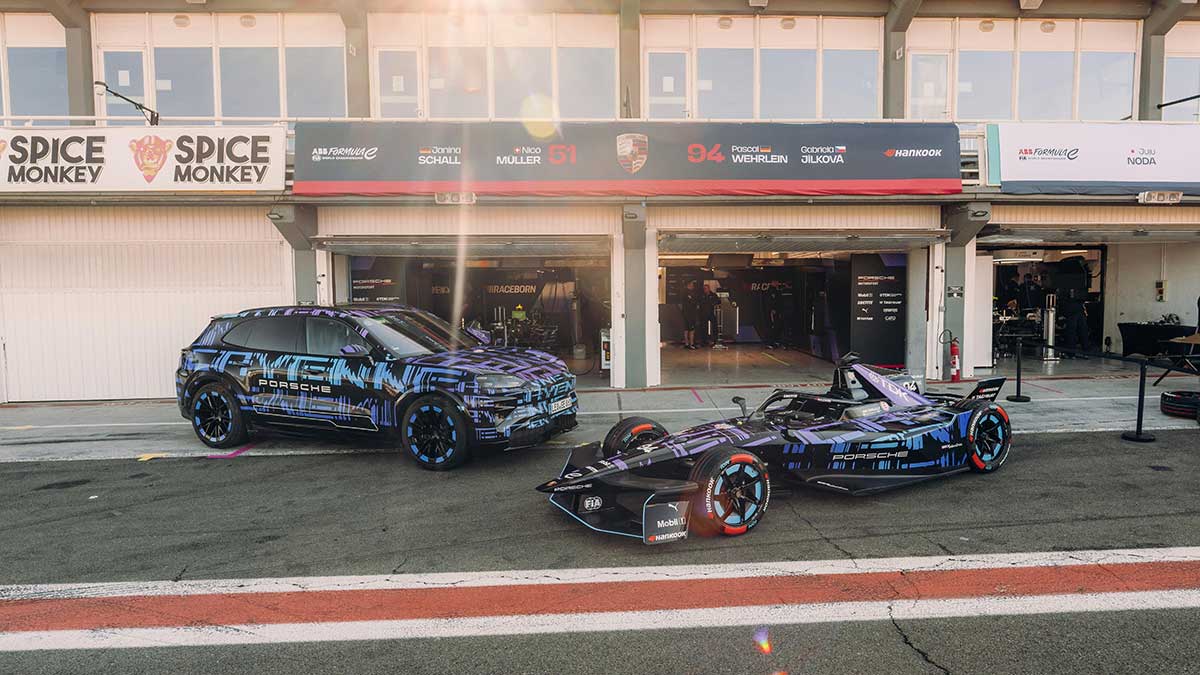
What's particularly noteworthy is that both the 99X Electric and Cayenne EV feature direct oil cooling for the electric motor and are capable of regenerating up to 600kW.
Formula E is a development laboratory for the future of electric mobility, and the valuable knowledge gained there is also useful for the development of Porsche's road-going sports cars.
Formula E was also a development lab for such mass-produced Porsche models.
In Formula E, "efficiency is the deciding factor between victory and defeat," and this principle is reflected in the design of the Cayenne Electric. Efficiency is not only emphasized in the vehicle itself, but also in shortening development times and accelerating the speed of technology transfer through agile development methods proven in races.
Weissach is home to the people responsible for motorsport and production development, promoting the exchange of knowledge between the various projects. Testing on the circuit can inspire the development of production cars, and conversely, production cars can influence the development of race cars.
Among these, charging is said to be the most notable area of technological change, with the sockets and plugs for the 99X race car and electric Porsche production cars being exactly the same.
The underlying CCS (Combined Charging System) technology is standard not only on public roads but also in Formula E, so the same CCS plug and socket structure means they share the same charging standards.
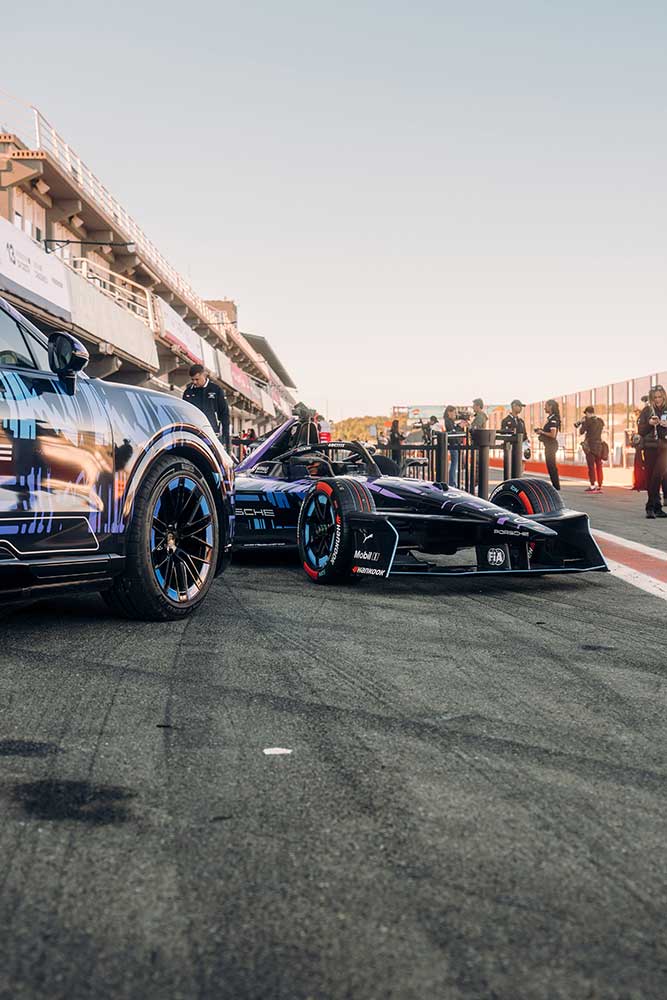
Direct cooling for maximum efficiency
A prime example of technology transfer from motorsports to mass-produced cars is "Direct Oil Cooling."
In this system, all live components of the electric drive system are directly cooled by a specially developed liquid, which significantly improves efficiency and ensures sustained, stable performance.
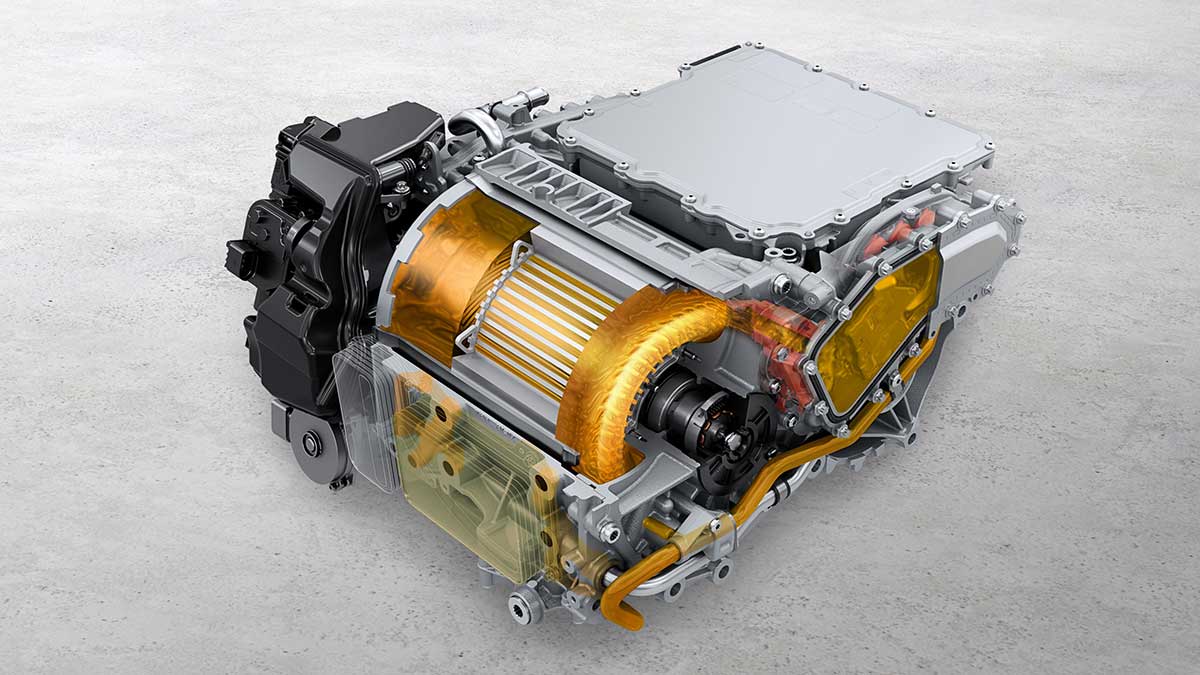
Porsche has been using this innovative technology in Formula E since the project's inception, and its level of integration has been increasing year by year.
Furthermore, in 2023, a test vehicleGT4 e-Performancehas actually tested this direct oil cooling on a circuit, and the technology has now finally entered the mass production stage and is installed in the rear motor of the flagship model, the Cayenne EV.
In conventional electric motors, the coolant flows through a jacket on the outside of the stator, but in direct cooling, the coolant flows through grooves in the stator, along the copper conductors, allowing heat to be dissipated directly from the point where it is generated.
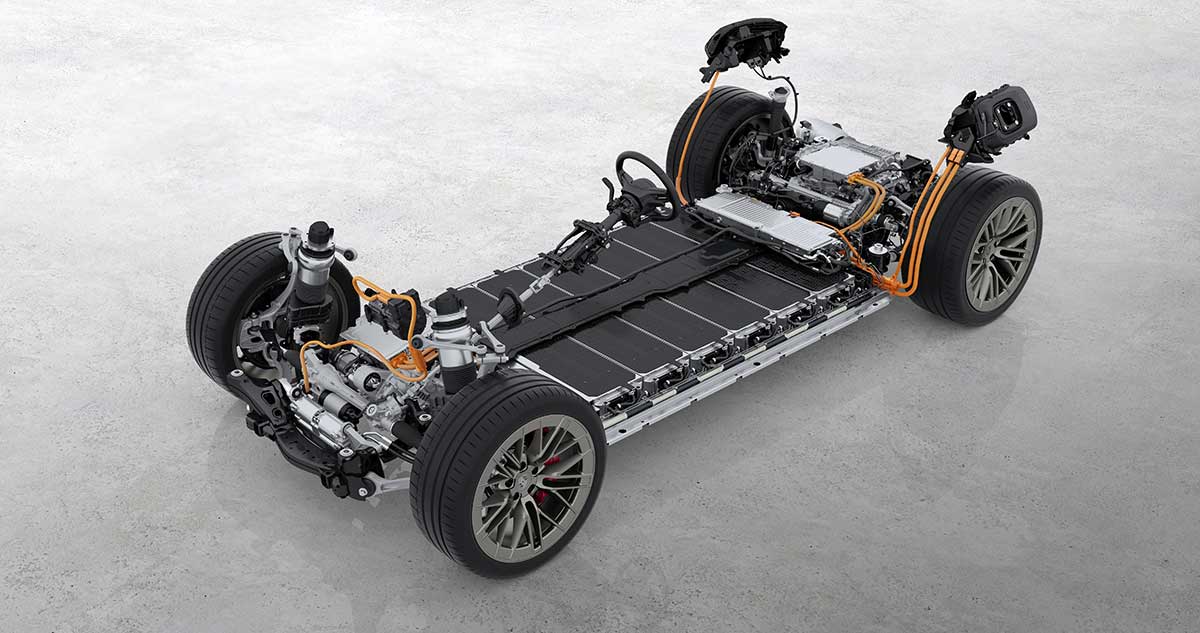
To achieve the same efficiency and performance, a water-cooled jacket motor would have to be about 1.5 times larger, but thanks to this direct cooling, the Cayenne's design allows it to achieve up to 98% efficiency.
The Formula E 99X competition version is said to achieve even higher efficiency figures.
Extremely high regenerative power of up to 600 kW
Recuperation is a key factor in both vehicles' significant efficiency gains, recovering energy during braking and feeding it back into the battery, where it can then be used again for driving.
Therefore, if more regeneration is possible, the driving range can be extended and ultimately the battery can be made smaller.
This is said to be the key to high performance common to both sports cars and racing cars.

Formula E intentionally limits the amount of energy available, and the 99X Electric will race with a maximum of 38.5kWh of usable energy stored in the battery.
In other words, if a team can recover more energy than the other teams under braking, they will have more energy to get to the finish line.
However, the challenges of regeneration are apparently very complex.
When braking, the system must be adjusted to recover as much energy as possible while slowing down quickly. Depending on the strength of the brakes, the front brakes will also be activated, and the vehicle balance can be adjusted to suit the driver's preferences, allowing the driver to drive with peace of mind, which in turn improves performance, so these things have also been taken into consideration.

Since braking is also a safety-related part of the car on public roads, various software programs are activated simultaneously when braking.
This type of control mechanism is apparently a very important area in applying race car technology to commercial vehicles.
The Cayenne EV is capable of regenerating up to 600kW depending on speed, temperature and battery charge state, which is the same maximum value as the 99X Electric.
In addition, the Cayenne EV's high-performance regenerative function is always active during dynamic driving, and in everyday driving conditions, approximately 97% of braking operations are completed using electrical regeneration alone.
So in most cases there's no need to use mechanical disc brakes.
Depending on the driving conditions, regeneration continues until the car comes to a complete stop, and only when deceleration exceeds the regeneration limit does the front and rear friction brakes intervene so naturally that the driver is not even aware of it. This control system is said to be a perfect blend of efficiency and comfort, inspired by motorsports.
Fast charging and robust fast charging process
Formula E introduced a high-speed charging pit stop called "Pit Boost" last season, which charges 600kW in 30 seconds, adding around 10% of the energy to the 99X Electric's battery.
Meanwhile, the Cayenne EV is designed with the same concept, and is said to be able to charge from 10% to 80% in less than 16 minutes.
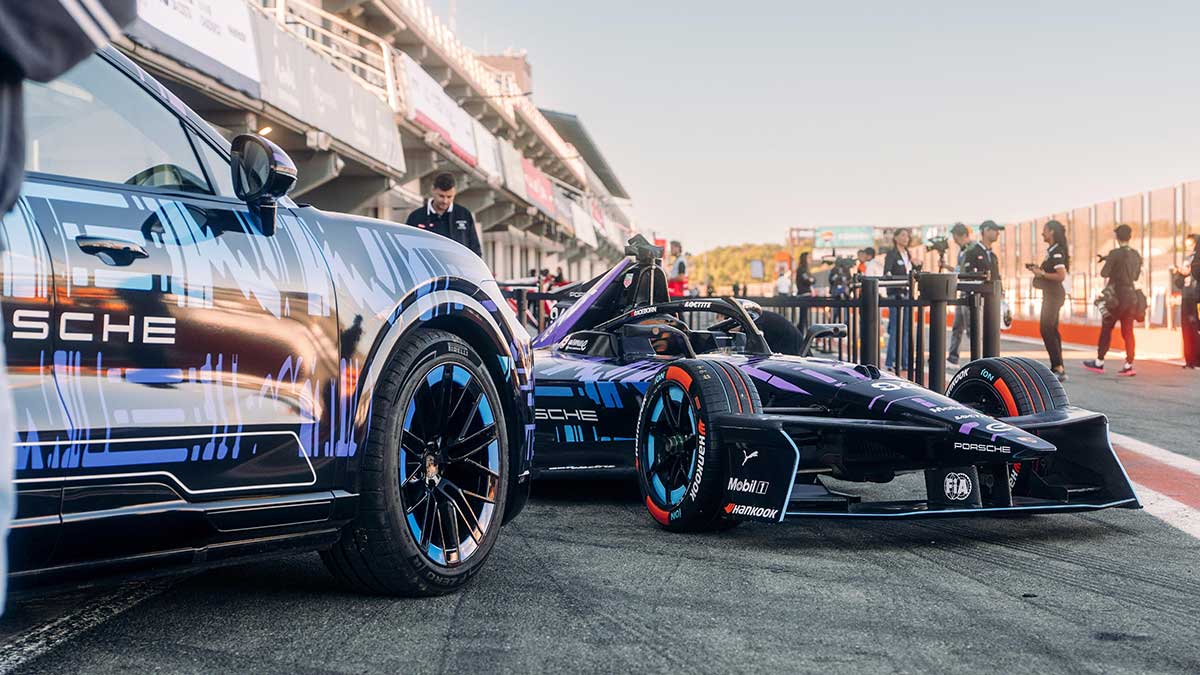
The Cayenne EV's DC fast charging output reaches a maximum of 400kW, and fast charging is possible as long as the battery temperature is above 15°C. Furthermore, the output can be maintained at 350kW or more until the remaining charge reaches approximately 55%, ensuring very stable fast charging performance.
With the right fast charging station, just 10 minutes of charging can add over 300km of range.
In Formula E, Porsche is investing heavily in parts that are directly related to production cars, and technological development to solve various issues with electric vehicles is being advanced through these racing activities.
The new Cayenne EV is just around the corner.
Source:(Official)With the expertise of the Formula E World Champion: the Cayenne Electric
Related article:
◆Interior of the new Cayenne EV
◆The new Porsche Cayenne EV will be able to charge wirelessly
◆Porsche's fully electric Cayenne (Cayenne EV) will be unveiled on the US West Coast at the end of 2025
◆Will Porsche implement a pseudo gear shift in its next electric car?
◆The all-electric Porsche Cayenne will apparently have a V8 engine sound
◆Porsches at the 2025 Goodwood Festival of Speed
◆The yet-to-be-released Porsche Cayenne EV quietly breaks hill climb record
◆I met the electric Cayman (EV Cayman): 718 Cayman GT4 e-Performance
◆Porsche Rennsport Reunion 7 | I went to 2023 ②Tractor, Vision 357, Spider RS, Mission X, GT3 R Rennsport, EV GT4

